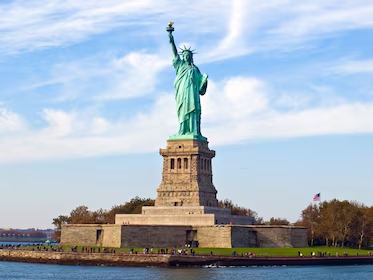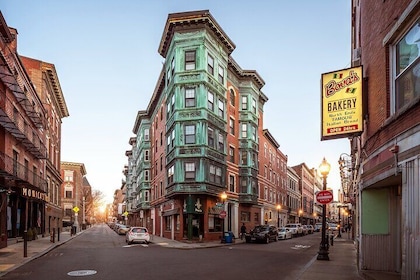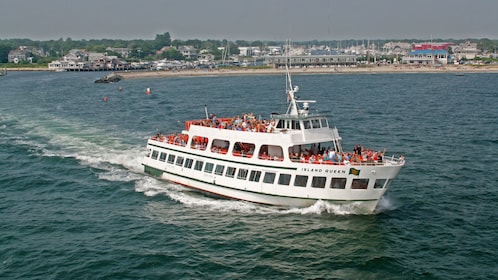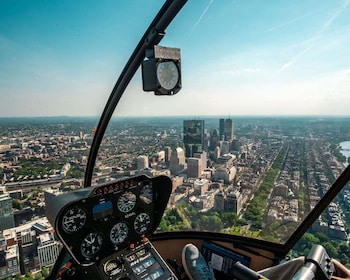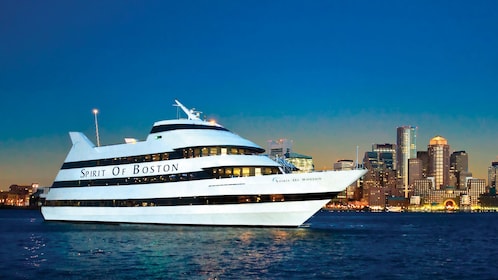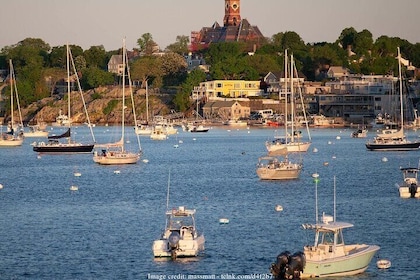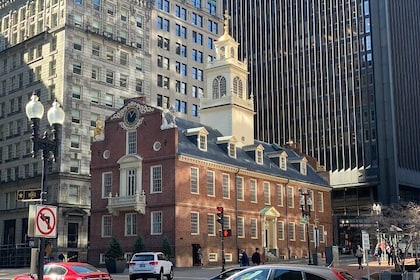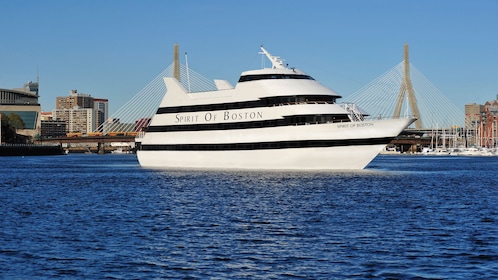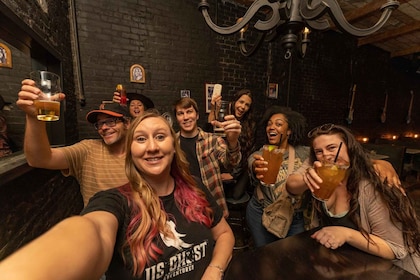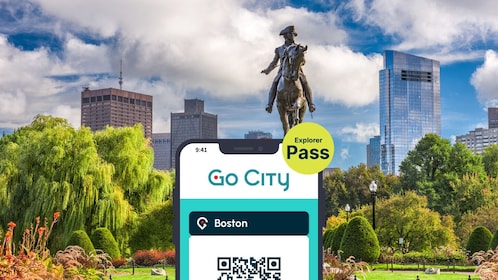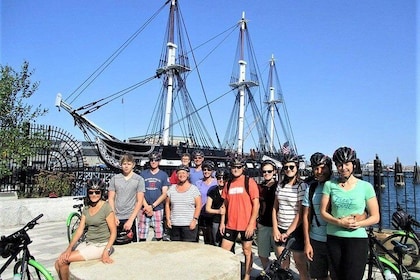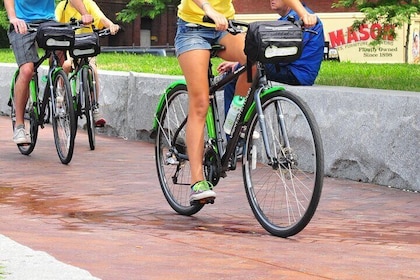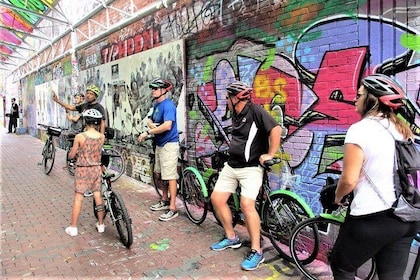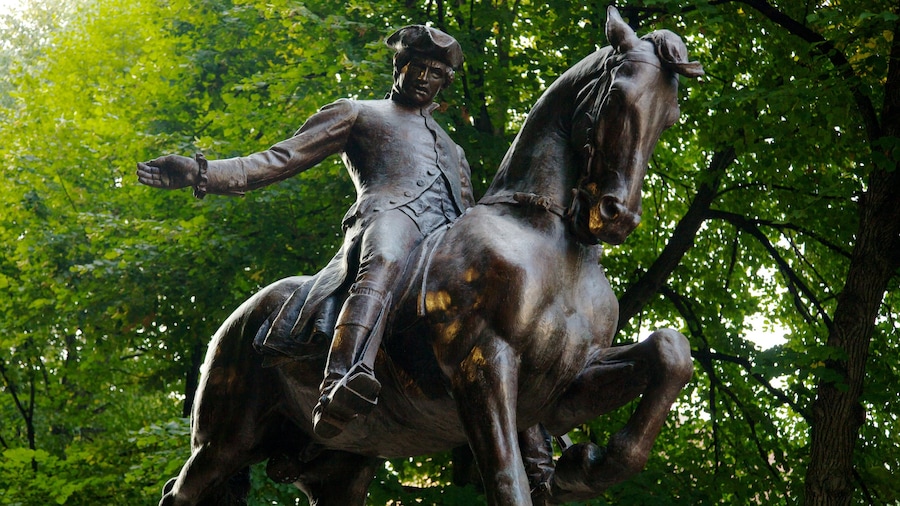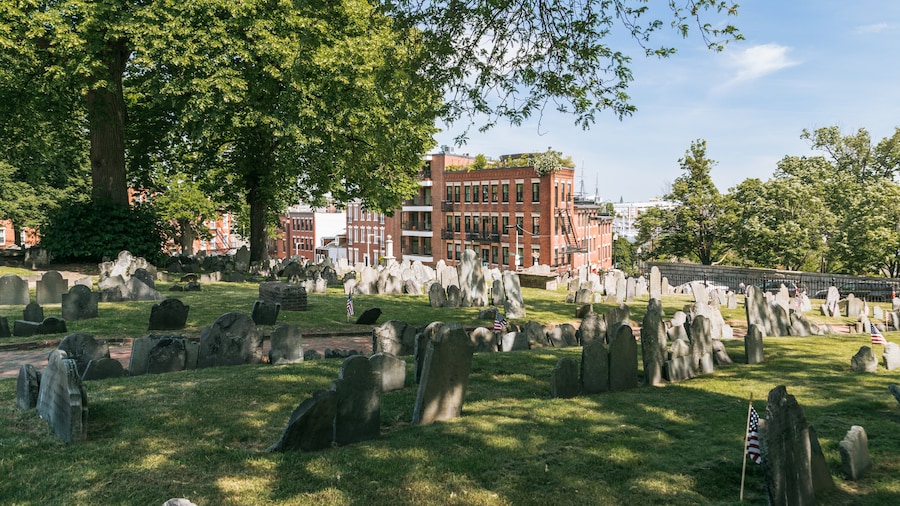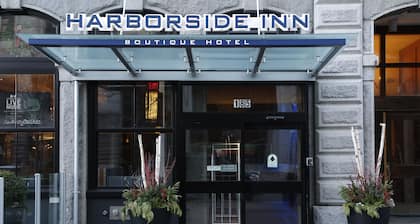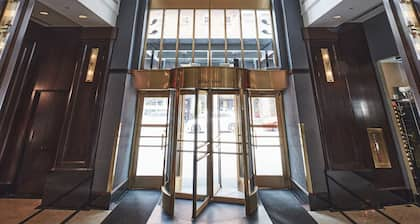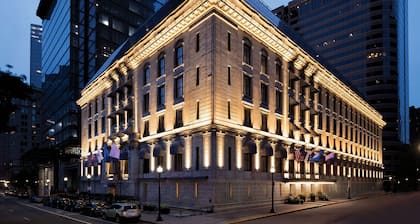The Leonard P. Zakim Bunker Hill Memorial Bridge, one of the world’s widest cable-stayed bridges, looms large on the Boston skyline. Named after both the Jewish-American civil rights leader Leonard P. Zakim and the legendary Battle of Bunker Hill, the bridge symbolizes Boston’s revolutionary history and its ongoing commitment to inclusivity and progress. Bring your camera to capture its striking form.
The Zakim Bridge was conceived in the 1980s and 1990s as part of Boston’s great (and controversial) Big Dig. A new link was needed between downtown Boston and northern Charlestown, without impeding navigation of the Charles River and without intruding on the subway line underground. Swiss bridge architect Christian Menn created an ambitious plan for a cable-stayed steel-and-concrete bridge 183 feet (55.8 meters) wide. Cross its majestic span that has been open to the public since 2003.
The bridge was named after Leonard P. Zakim, executive director for the Anti-Defamation League in New England and a leader in interfaith relations, tolerance education and anti-poverty work. The second half of the name is a dedication to citizens who fought in the battle at nearby Bunker Hill, one of the Revolutionary War’s most important conflicts. Note how the tall, graceful towers of the bridge resemble the Bunker Hill Monument.
This vast bridge, which uses 116 cables to support a 10-lane roadway, cost over 100 million dollars to construct. Built with strength in mind, it can withstand winds of over 400 miles per hour (640 kilometers per hour) and an earthquake of magnitude 7.9. In October 2002, 14 elephants were led over the bridge in order to prove that it could indeed support 112,000 pounds. Notice the bridge’s asymmetry, a rarity in bridge design. Look closely to observe the unequal heights of the towers, not an optical illusion.
The Leonard P. Zakim Bunker Hill Bridge links Charlestown and the Bunker Hill Monument with downtown Boston’s North End. Enjoy great views from the parks on the Boston side. Photo opportunities are especially valuable around sunset. You may not walk across the bridge, although pedestrian river crossings are available nearby.










